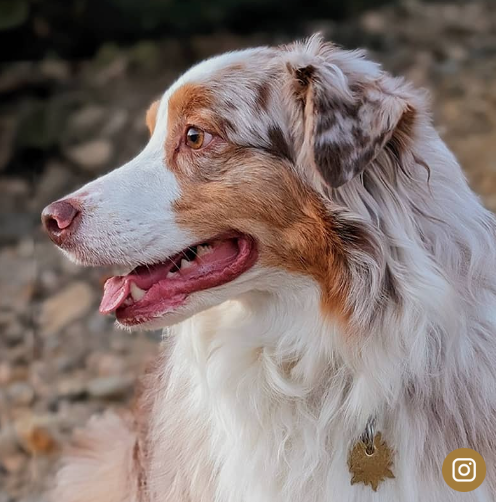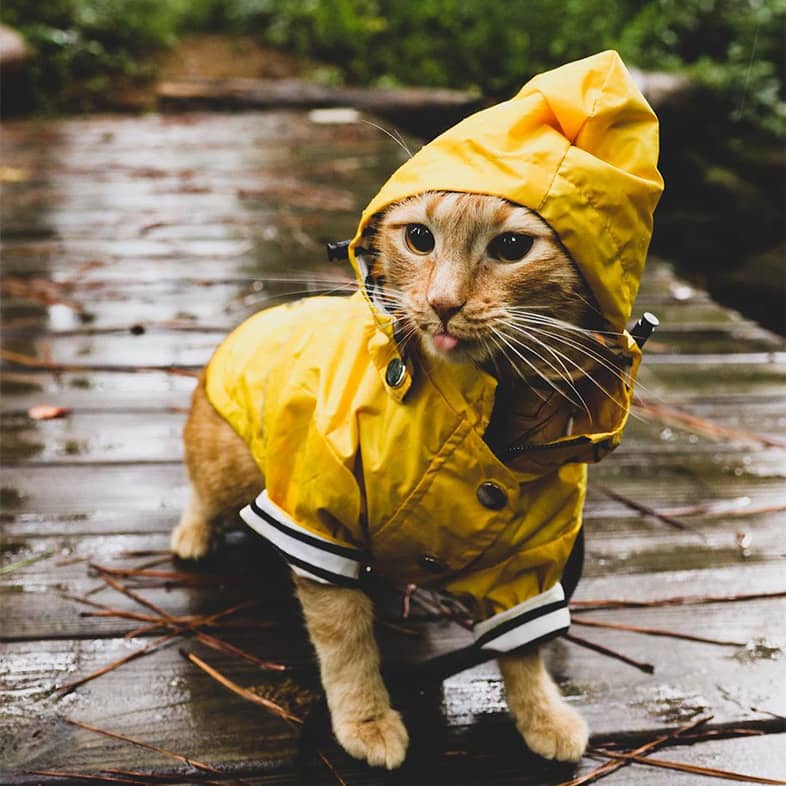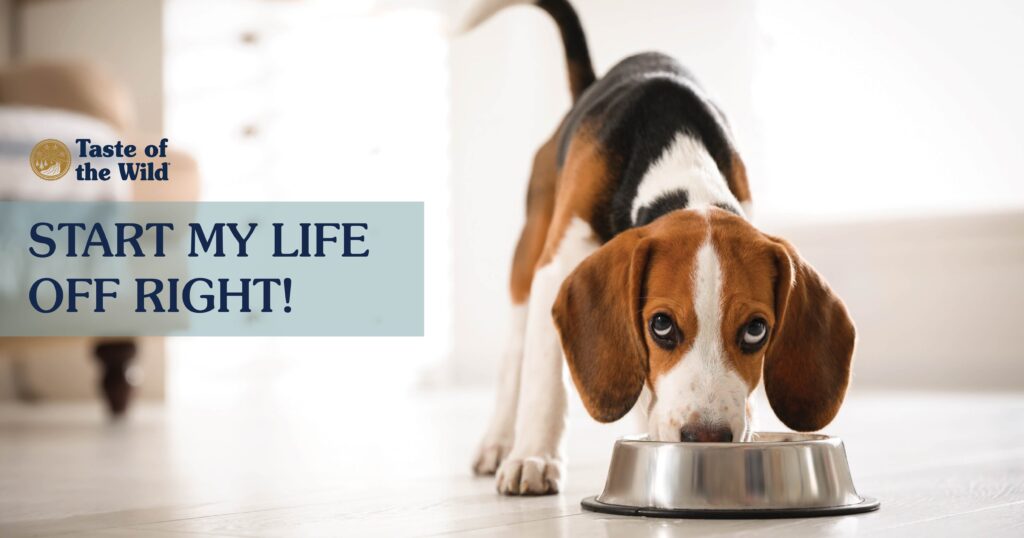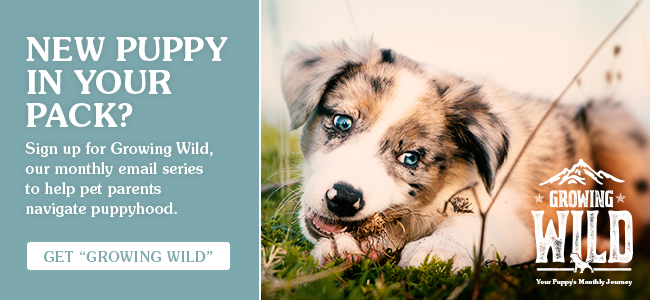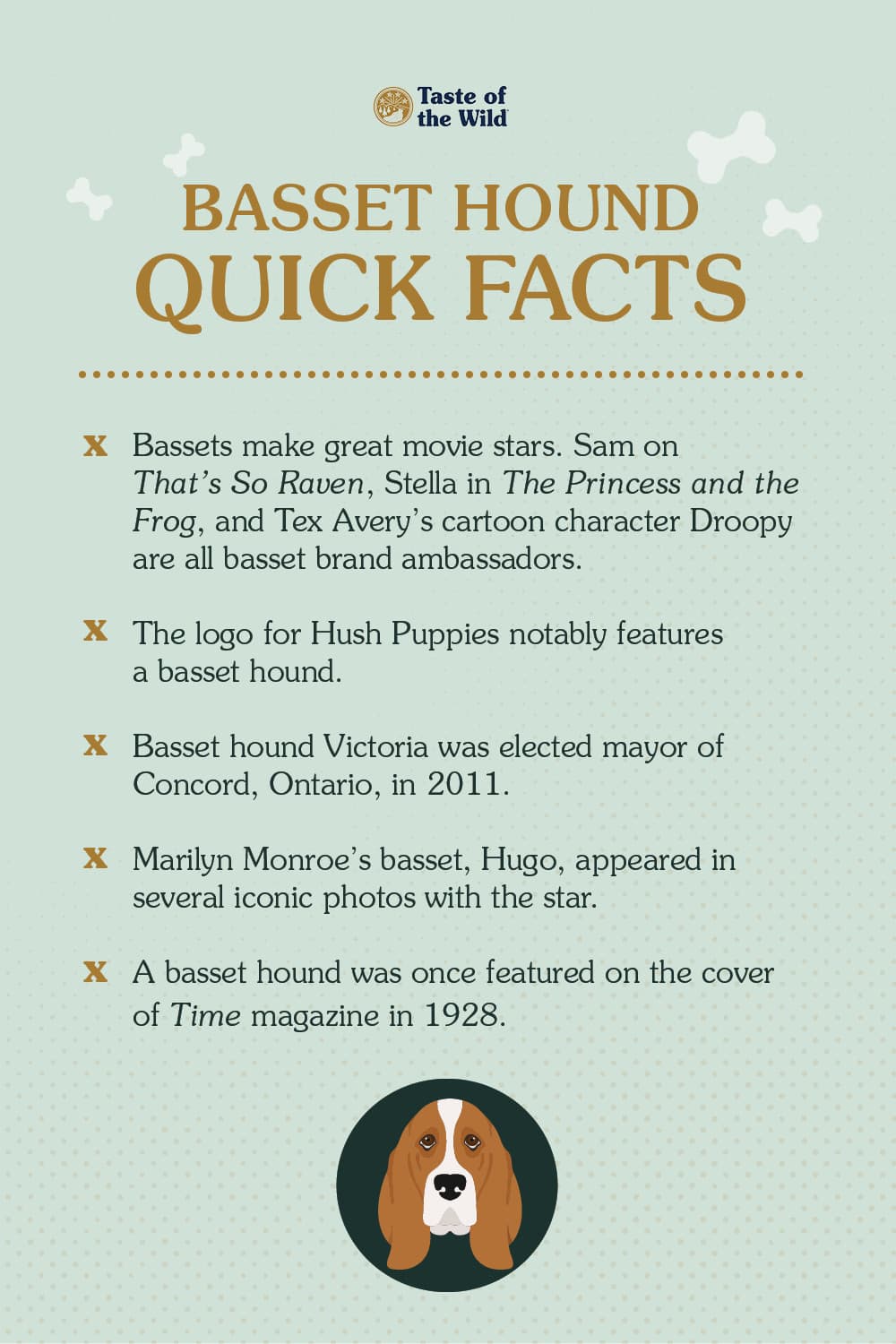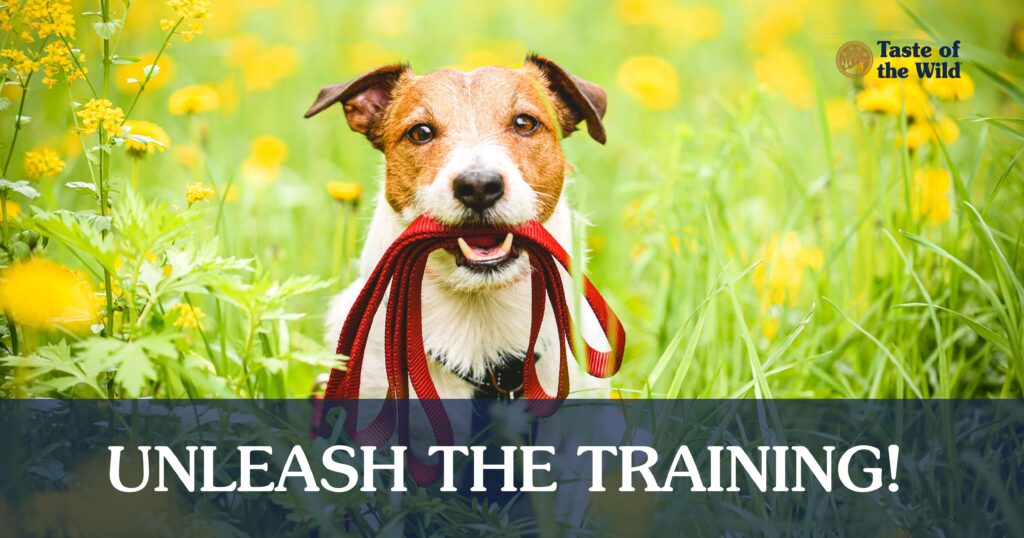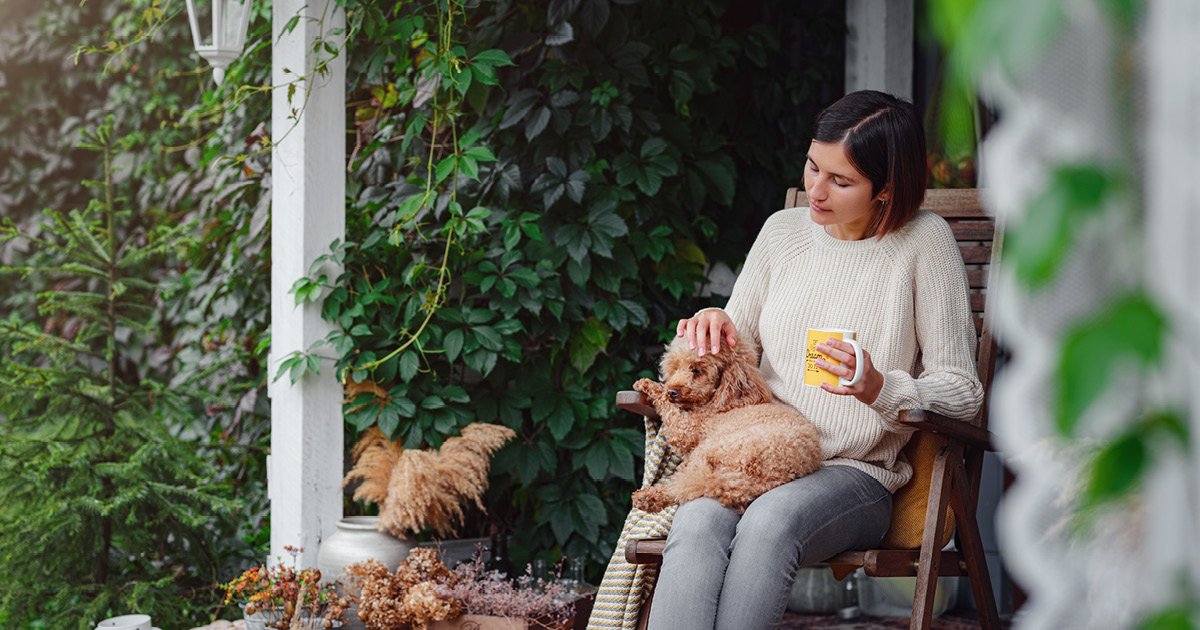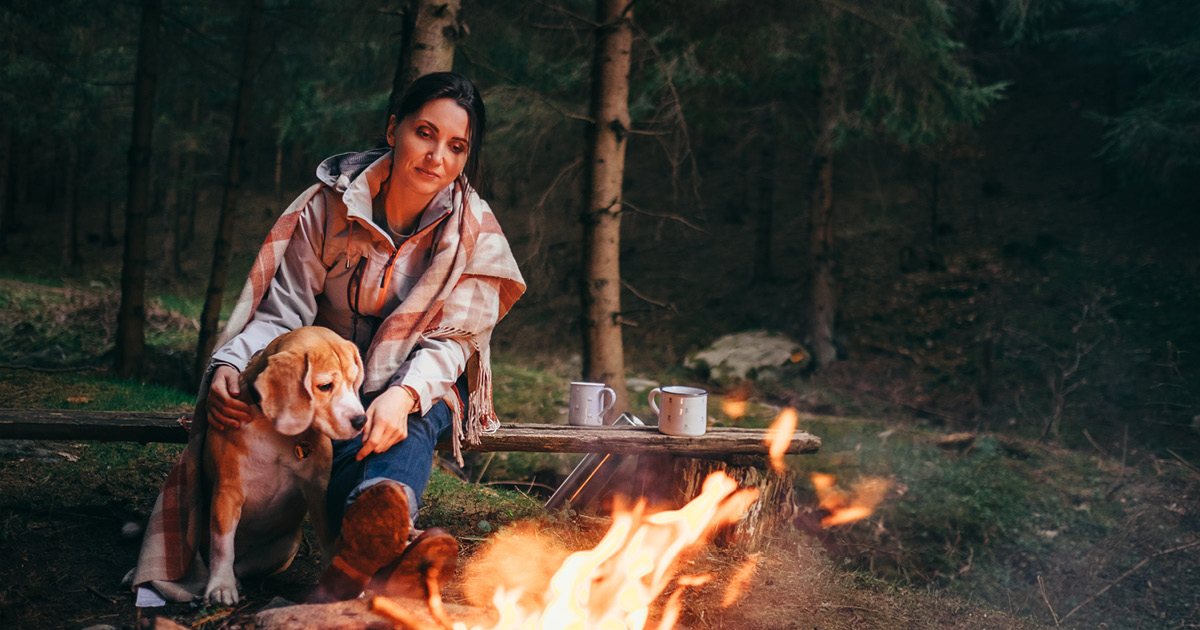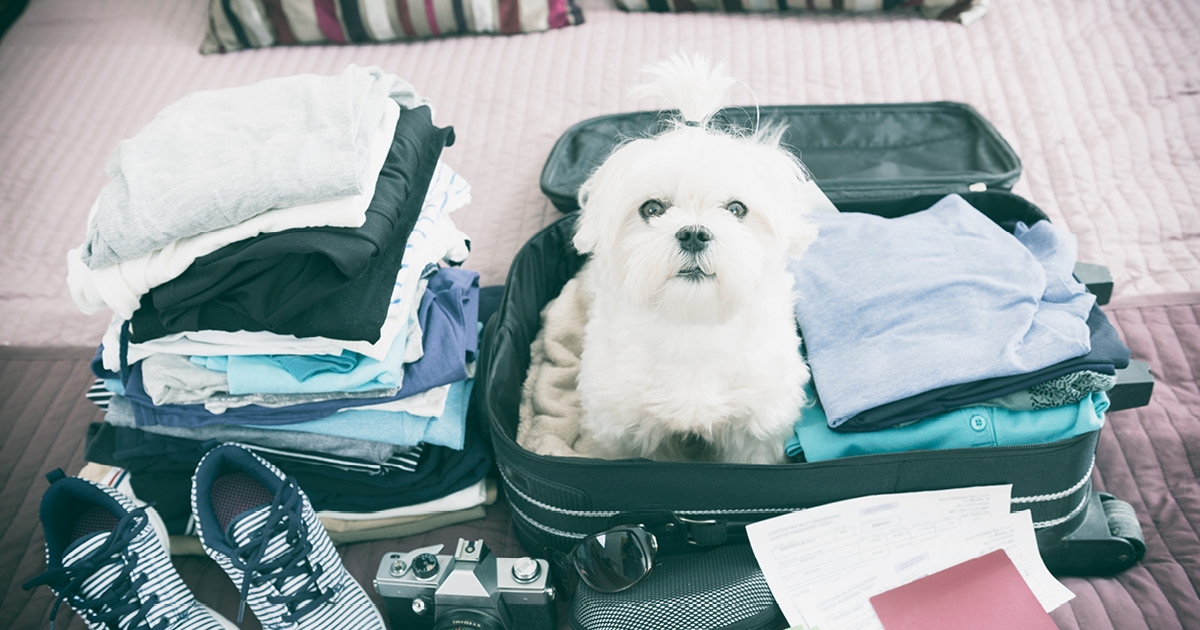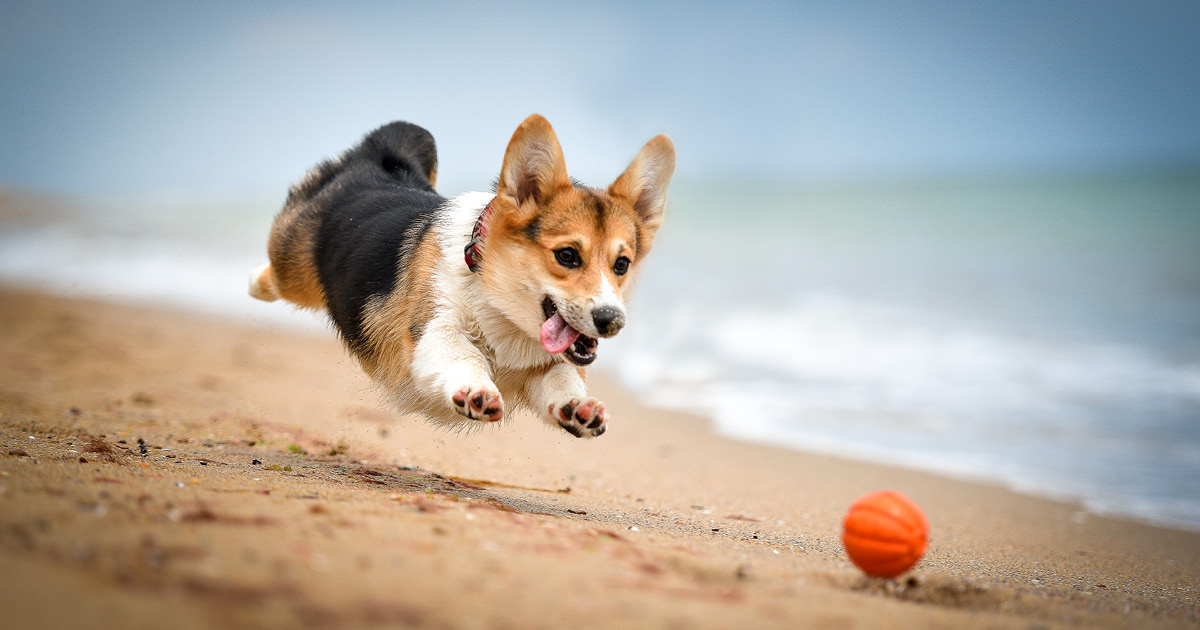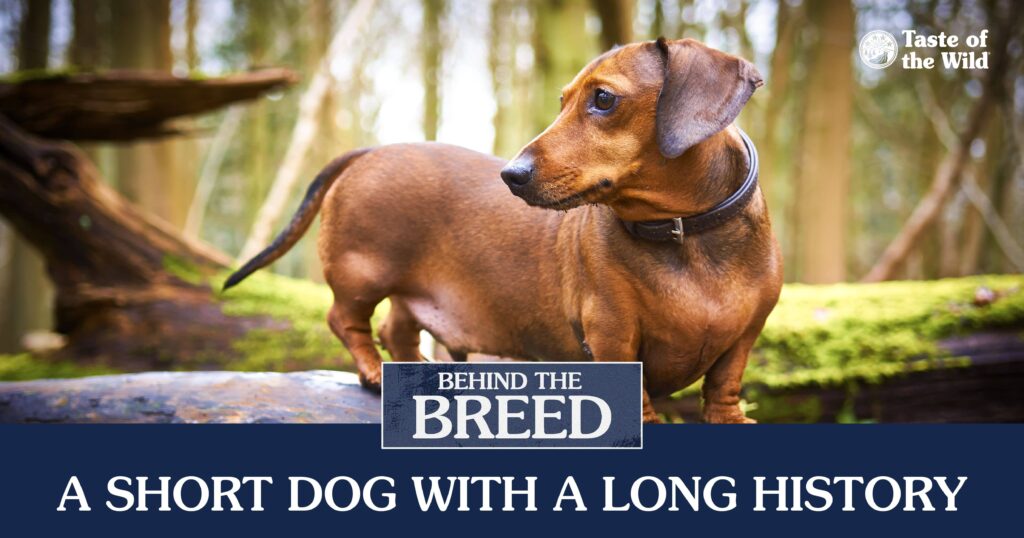
Have you ever wondered where a dog breed originated from? In our “Behind the Breed” series we’ll dive into the history, personality and physical appearance of a particular breed. We’ll also cover some of the FAQs about the breed and maybe some fun facts, too!
Known comically as “wiener” or “sausage dogs,” dachshunds’ low-to-the-ground silhouettes house big and fierce personalities. Much like Chihuahuas, Pomeranians and French bulldogs, many owners will tell you that these lovable dogs don’t know they are short.
History of the Dachshund Breed
Dachshunds originated in Germany where they were bred to chase and flush out badgers and other ground dwellers (dachshund is a German word that literally means “badger dog”). Members of the hound group, the breed can trace its roots back more than 600 years. It was created by German breeders who crossed elements of several German, French and English hounds and terriers to get an effective hunter of badgers and other vermin. Despite their small size, dachshunds are brave and determined, and they’re still considered a multipurpose hunting breed that can do it all — go to the ground, track, flush and retrieve game.
Once Called the Badger Dog by The American Kennel Club (AKC)
Dachshunds were once sarcastically considered the symbol of Germany; many political cartoons depicted the dachshund in propaganda papers during WWI and WWII. During this time the AKC renamed the dachshund “badger dogs,” while many dachshund owners started calling their pets “liberty hounds.” However, those depictions softened during the Munich Summer Olympic Games in 1972, when Germany chose a stuffed toy dachshund named Waldi as its mascot.
Coat Types: Smooth-, Wire- and Long-Haired Dachshunds
Dachshunds have three coat varieties — smooth-haired, wire-haired and long-haired. Smooth-coated dachshunds are believed to be the original coat type, while wire-haired dachshunds were introduced in the late 1800s. The long-haired variety resulted from selective breeding of the smooth coat.
All three coats need slightly different treatments, but all need some form of grooming. The long-haired dachshund’s coat requires more frequent hair brushing than their smooth-haired counterparts. Some pet parents say that long-haired dachshunds have a calmer personality than smooth dachshunds, while wire-haired are more outgoing and have a terrier-like temperament due to infusion of terrier genetics.
The Many Dachshund Colors
The dachshund coat can be either red, cream, black and tan, black and cream, chocolate and tan, blue and tan or Isabella (fawn) and tan. The coat may also be marked with patterns such as merle, sable, dapple, piebald or brindle. Light-colored dachshunds can have amber or green eyes compared to the more standard brown. When two dapples are bred together, they can produce a double dapple that usually has blue eyes but can have brown eyes as well. But it should be noted that double dapples and piebald are not recognized in the breed standard that describes the ideal dachshund.
Two Sizes: Standard and Mini Dachshund
Dachshunds come in two sizes: standard and miniature, which are defined by their weight. Standards typically weigh from 16 to 32 pounds when fully grown, while mini dachshunds generally weigh from 8 to 11 pounds. Both sizes share the breed’s characteristic long body and short legs, making them unique and adorable companions.
The Dachshund Lifespan Is Long
Like many small dog breeds, the dachshund has a longer life expectancy than bigger dogs, typically between 12 and 16 years. However, in 2021, a dachshund named Funny held the Guinness World Record for “oldest dog living,” reaching the age of 21.
Dachshund Puppies Need Socialization
Like many dogs, as long as dachshund puppies are socialized early, they make good family dogs and are great with children, but it is recommended that you never leave a dachshund puppy unsupervised with children. They typically like being the top dog in multi-pet households.
Dachshunds Are a Fun Breed But Not Without Complications
Dachshunds are playful but can be quite stubborn and are often aggressive to strangers. They were bred to be hunting dogs, and like all hunting dogs, they tend to bark — so be prepared for a lot of noise. But considering their small stature, their bark sounds like it comes from a bigger dog, making them good watchdogs.
Because of their breeding, they are skilled and accomplished diggers and can wreak havoc on gardens and backyards — but given enough regular exercise and playtime, dachshunds can become beloved pets in any household.
Typically dachshunds are a healthy breed, but like all dogs, they can have health problems such as diabetes and dental issues. Their long backs make them prone to spinal problems, often exacerbated by jumping and landing roughly. Senior dachshunds can benefit from ramps and other assistance.
Some dachshund health problems can be avoided with modest exercise — the recommended amount is two walks for a moderate distance each day. Obesity places a greater strain on the spinal region, so keeping them trim and fit and monitoring their food intake is a must to ensure a healthy life. Always consult with your veterinarian about your dachshund’s health.
With their short legs, floppy ears, bold personalities, protective traits and affectionate nature, along with their energy and stubbornness, a dachshund is an endearing dog for many pet parents.
Fun Facts About Dachshunds
- Famous people who have owned a dachshund include John F. Kennedy, Pablo Picasso, Grover Cleveland, Clark Gable, William Randolph Hearst and Andy Warhol.
- Dachshunds have gone by many names such as: badger dogs, liberty hounds, doxie and wiener dogs.
- The Dachshund Club of America was founded in 1895.
- The original name for the hot dog may have been dachshund sausage.
